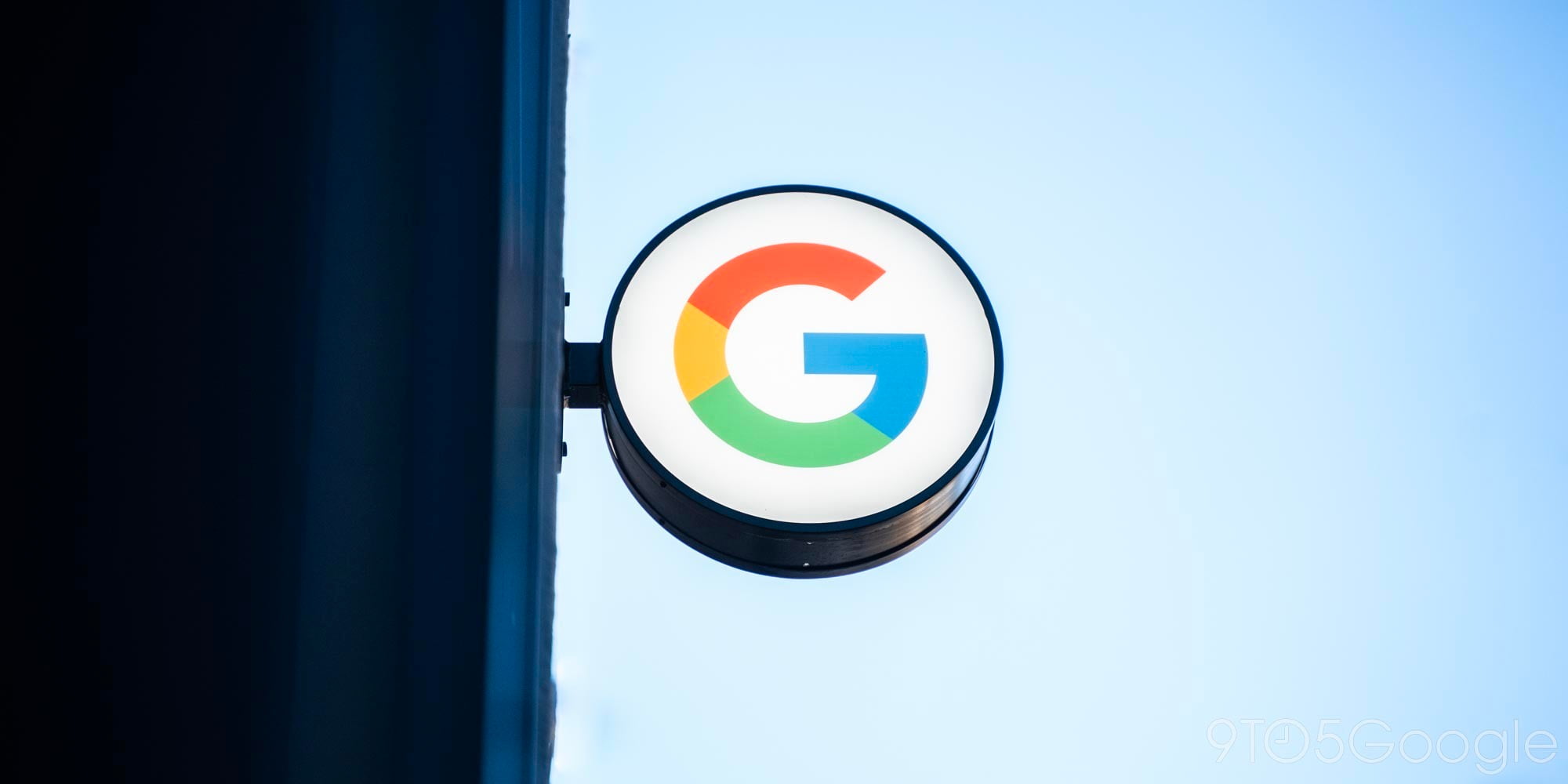
Carriers have been in a push lately for anti-spam services. Today, Verizon is launching a big expansion of its free Call Filter service which will automatically enroll “eligible” Android users.
Verizon’s Call Filter app has been available for the better part of 2019, but the service has only been enabled if a user manually enables the feature. Starting today, Verizon will automatically enroll everyone it is able to in the free service to prevent robocalls from annoying its users.
This won’t apply to all Android devices on Verizon Wireless, but those running on postpaid network plans that have Verizon’s apps installed. If you’re using a pre-paid plan, Verizon won’t automatically enroll you at this time. From what we can tell, this also won’t affect your device if you’re running an unlocked device that doesn’t have Verizon’s apps installed.
Using Call Filter, Verizon will automatically block robocalls which are considered “high risk” from even ringing your Android device and will instead be pushed straight to voicemail. A “potential spam” label may also appear on calls that have previously been reported as spam or a nuisance. Obviously, nothing changes with known numbers and contacts.
We’re about to make it even harder for robocallers to get through to you. We’ve heard our customers ask for relief and we’re happy to say additional help is on the way. Starting today, we’ll begin auto-enrolling *eligible customers in our free Call Filter service.
It means we’ll begin to automatically protect eligible Android users through free spam-detection and blocking high-risk calls, and iOS customers can download the Call Filter app to enroll for free. Because the FCC’s recent ruling allows us to block high-risk spam calls, we’re full steam ahead using this new flexibility to better protect consumers.
This will start with some Samsung devices sold through Verizon, but the entire initial list (via The Verge) follows below.
- Asus ZenFone V
- Asus ZenFone V Live
- HTC 10
- Kyocera DuraForce PRO 2
- LG G5
- LG G6
- LG G7 ThinQ
- LG G8 ThinQ
- LG V20
- LG V30
- LG V40 ThinQ
- LG V50 ThinQ 5G
- Motorola G6
- Motorola G7 Power
- Motorola Moto E5 Play (Postpaid)
- Motorola Z Droid
- Motorola Z Force
- Motorola Z Play
- Motorola Z2 Force
- Motorola Z2 Play
- Motorola Z3
- Motorola Z4
- Palm Palm (Standalone / not NumberShare)
- Samsung Galaxy S10
- Samsung Galaxy S10 5G
- Samsung Galaxy S10 Plus
- Samsung Galaxy S10e
- Samsung Galaxy S7
- Samsung Galaxy S7 Edge
- Samsung Galaxy S8
- Samsung Galaxy S8 Plus
- Samsung Galaxy S9
- Samsung Galaxy S9 Plus
- Samsung J3 Eclipse
- Samsung J3 V 3rd Gen
- Samsung J7 V
- Samsung J7 V 2nd Gen
- Samsung Note 8
- Samsung Note 9
- Sonim XP8
More on Android:
- Nokia 3V arrives on Verizon this week for $168 w/ 6.26-inch screen, Assistant button
- TicWatch Pro 4G can start using Verizon LTE later this week
- Apple won’t give Android users iMessage, so Samsung made some weird comeback GIFs
FTC: We use income earning auto affiliate links. More.



Comments